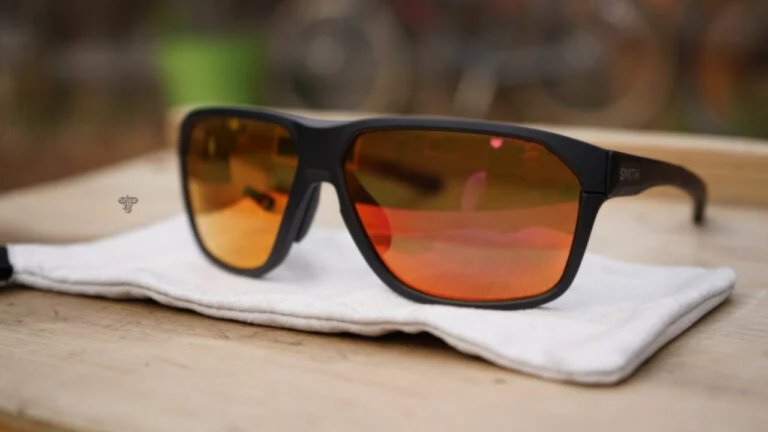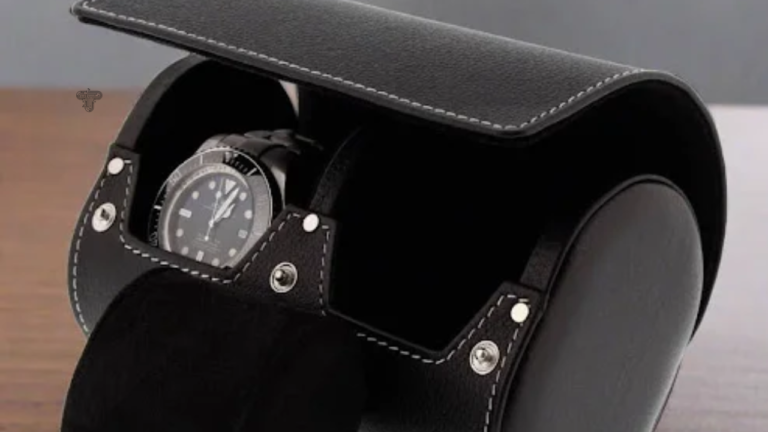A Guide to Katana Blade Types in the UK
The katana is more than just a weapon; it is a piece of living history, a fusion of fire and steel forged through centuries of tradition. For the samurai of feudal Japan, the katana was the embodiment of their spirit and a symbol of their status. Today, this iconic Japanese sword continues to captivate martial arts practitioners, collectors, and history enthusiasts in the UK and around the world.
This guide will walk you through the rich history of katana swords, explore the different types of blades, and explain their key features. By the end, you’ll have a deeper appreciation for the artistry behind these masterful weapons and know what to look for when purchasing your own katana in the UK.
The Historical Saga of the Katana
The story of the Japanese sword begins long before the iconic curved blade we recognise today. Early swords, known as chokutō, were straight, single-edged blades imported from China and Korea. However, as warfare evolved, Japanese swordsmiths began to experiment with new forging techniques to create a more effective weapon for mounted combat.
Around the Heian period (794-1185), the tachi, a long, deeply curved sword, emerged. Worn with the cutting edge down, it was designed to be drawn and swung in a single, fluid motion from horseback. The devastating Mongol invasions of the 13th century further refined sword-making, as smiths sought to create blades that could withstand the rigors of battle against armored opponents.
The katana as we know it, with its signature curvature and worn edge-up, became prominent during the Muromachi period (1336-1573). This design allowed for a faster draw-and-cut technique, which was crucial for on-foot combat. The forging process became a sacred art, with master smiths purifying the steel through repeated heating and folding, creating a blade that was both incredibly sharp and remarkably resilient.
Anatomy of a Katana Blade
To truly appreciate a katana sword, one must understand the intricate construction that gives it its legendary strength and beauty. Japanese swordsmiths developed several methods for combining different types of steel, each with its own unique properties.
Maru
The Maru construction is the most basic, featuring a blade forged from a single piece of steel. While simple, its quality depends entirely on the skill of the smith and the purity of the steel. Maru blades are often found in practice swords (iaito) or more affordable katana models. They are strong but lack the nuanced flexibility and edge retention of more complex constructions.
Kobuse
The Kobuse method is a classic and effective technique that involves a dual-steel construction. A hard, high-carbon steel (hagane) forms the outer jacket and cutting edge, while a softer, low-carbon steel (shingane) creates the core. This clever combination produces a blade with a razor-sharp, durable edge capable of holding its sharpness, supported by a shock-absorbing core that prevents the sword from breaking under stress. Many authentic Japanese swords feature this time-tested construction.
Honsanmai
The Honsanmai construction takes complexity a step further by using three different types of steel. A hard steel core is sandwiched between two pieces of softer steel for the sides (kawagane), and then a very hard steel is used for the cutting edge. This layered approach creates a blade with an exceptionally hard edge for superior cutting power, flexible sides to absorb impact, and a resilient spine. The Honsanmai technique demonstrates a high level of craftsmanship and results in a well-balanced, high-performance samurai sword.
Shihozume
Considered one of the most advanced forging methods, the Shihozume construction uses four pieces of steel. It combines a hard steel edge, softer steel sides, and a medium-hard steel for the back, all wrapped around a soft iron core. This intricate assembly provides the ultimate balance of sharpness, flexibility, and durability. A Shihozume katana is a masterpiece of artistry, offering outstanding performance but requiring immense skill and time to create, making it a prized possession for serious collectors and practitioners.
Defining Features of Katana Swords
Beyond the internal construction, several visible features define the character and performance of a katana. These elements are not just aesthetic; they are a direct result of the meticulous forging process and have practical implications for the sword’s use.
Blade Length (Nagasa)
The length of a katana blade, or nagasa, is traditionally measured in a straight line from the tip (kissaki) to the hilt notch (mune-machi). A typical katana has a blade length between 60 and 73 cm (23.6 to 28.7 inches). The ideal length often depends on the practitioner’s height and martial arts style, as it affects the sword’s balance and handling.
Katana Curvature (Sori)
The elegant curve of a Japanese sword, known as sori, is one of its most defining characteristics. This curvature is not intentionally bent into the blade but is a natural result of the differential hardening process. During quenching, the steel on the edge contracts at a different rate than the steel on the spine, causing the blade to curve. The depth and location of the curve can vary, affecting the sword’s cutting dynamics and aesthetic appeal.
Temper Line (Hamon)
The hamon is the visual testament to the swordsmith’s skill. It is the distinct, wavy line that runs along the cutting edge, marking the transition between the hardened edge steel and the softer spine steel. Created by applying a special clay mixture to the blade before quenching, the hamon’s pattern is unique to each sword. A clear, well-defined hamon is a hallmark of a properly forged and heat-treated katana.
Buying Katana Swords in the UK
For those looking to purchase a katana in the UK, finding a reputable source is essential. Authentic, handmade katana swords are investments in craftsmanship and history. Look for suppliers who provide detailed information about the blade’s construction, the type of steel used, and the forging process.
When inspecting a potential purchase, examine the blade for a genuine hamon, proper geometry, and a solid fit of all components, including the guard (tsuba) and handle (tsuka).
It’s also crucial to be aware of UK law. As of 2008, it is illegal to sell, import, or hire a curved sword with a blade over 50 cm unless it was handmade using traditional methods. Therefore, legitimate, traditionally forged katanas are legal to own in the UK. Always confirm that your chosen sword complies with these regulations.
The Enduring Legacy of the Samurai Sword
The katana is far more than a weapon; it is an embodiment of tradition, a symbol of cultural heritage, and a work of art. From its historical origins to its intricate construction, every aspect of the samurai sword tells a story of mastery and precision. Whether you are a martial artist, a collector, or simply an admirer of Japanese culture, understanding the different types of katana blades deepens your appreciation for this legendary sword.
Are you ready to own a piece of this incredible legacy? Explore our collection of authentic, handmade katana swords and find the perfect blade to begin your journey.
.







